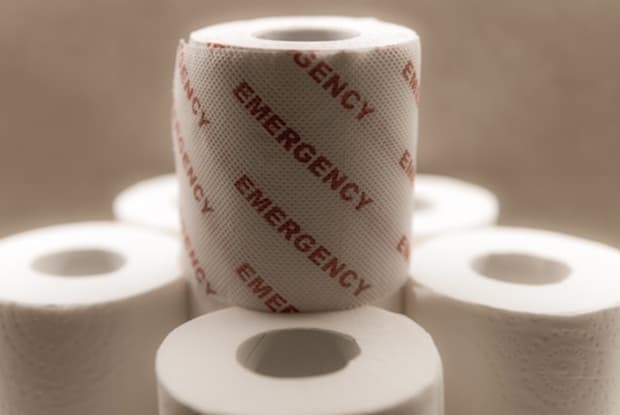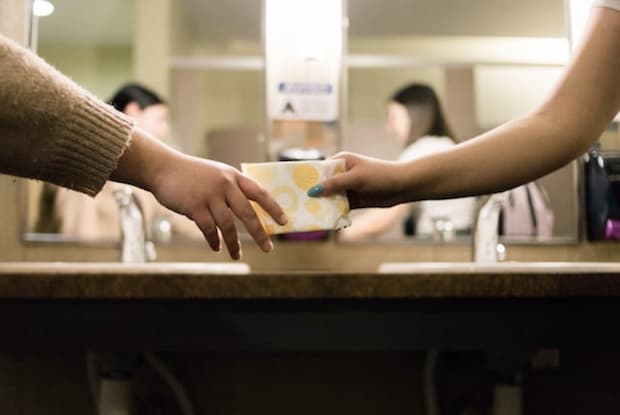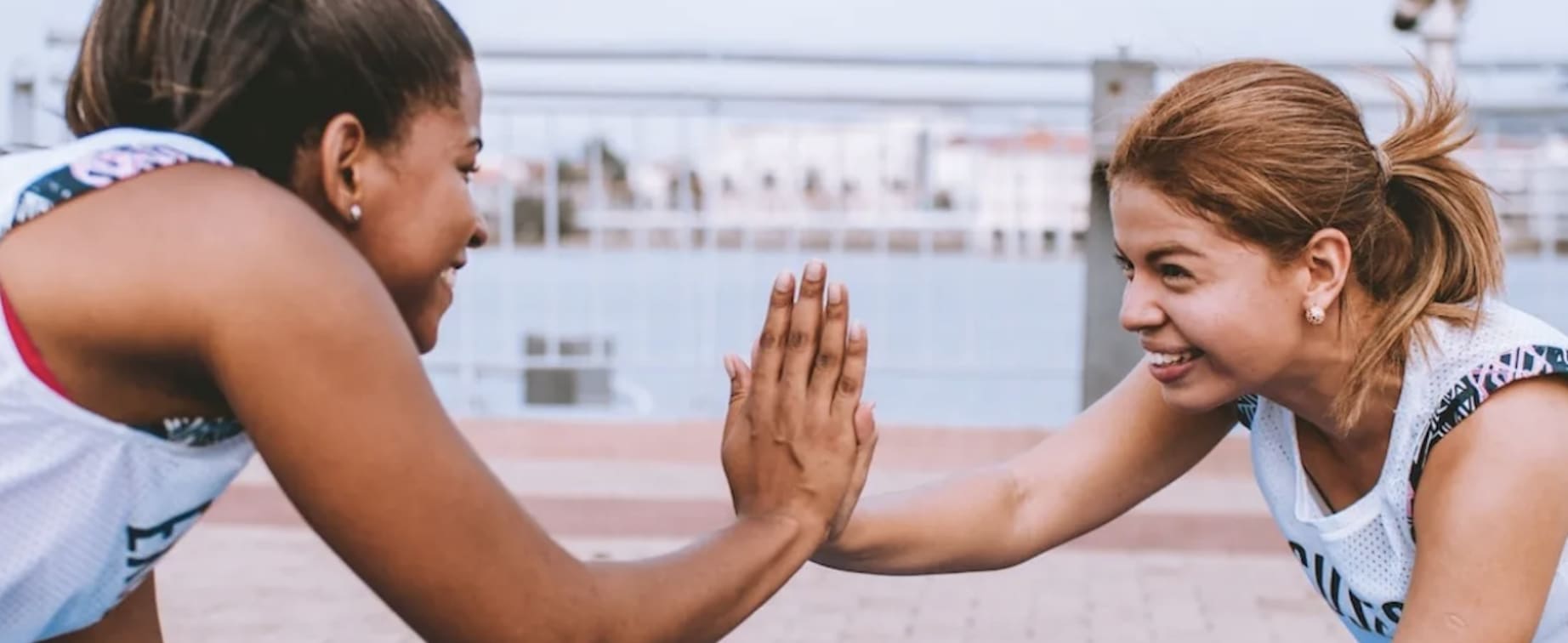Table of Contents
III. Drink the Right Balance of Liquids
V. Invest in Urinary Incontinence Products
What is Incontinence?
Incontinence is a common condition in the United States, affecting over 13 million people. Of those 13 million, 85 percent are women, and the risk of developing incontinence rises steadily as people age. Incontinence may be chronic and can be caused by several factors. This urinary problem affects the ability of the bladder and surrounding muscles to hold urine properly. [1]
Normally, the bladder stores urine, and the sphincter muscle controls the urethra's activity, allowing urine to pass from the body. If the delicate process of the urinary system is disrupted, then incontinence is likely to occur. If someone has severe incontinence, it can significantly impact their life, making employment and a vibrant social life nearly impossible.
Incontinence may be difficult to diagnose because it is a symptom and not a disease. The cause of the incontinence must be addressed before it can be treated. Overactive bladder (OAB) and benign prostatic hyperplasia (BPH) are two common conditions that may lead to incontinence. If your symptoms are severe, you may be prescribed Toviaz (fesoterodine fumarate), Myrbetriq (mirabegron), Vesicare (solifenacin), Avodart (dutasteride), or Elmiron (pentosan polysulfate sodium). If you live with incontinence, you may be wondering how you can live a normal life without running to the bathroom. Luckily, there are many ways to manage your incontinence symptoms without altering your entire schedule. Learn more about the types of incontinence and how you can live life to the fullest with this condition. [1] There are several different reasons why you might experience incontinence. Incontinence is more common in women, but anyone may develop it, depending on previous illnesses and surgeries. The types of incontinence include: Urge Incontinence: Urge incontinence occurs when nerve passages along the pathway from the bladder to the brain become damaged. This can lead to sudden bladder contraction and cause an urgent need to urinate. It is the main symptom of an overactive bladder. Stress Incontinence: This type occurs when the pelvic muscles are damaged and can lead to bladder leakage while exercising, sneezing, laughing, or any other activity that puts pressure on the bladder. [2] Overflow Incontinence: Overflow incontinence occurs when the bladder's amount of urine exceeds the bladder's capacity. Mixed Incontinence: This common condition involves symptoms of both stress and urge incontinence. Reflex Incontinence: Bladder leakage may occur when the person is unaware that they need to urinate due to an abnormal opening between the bladder and another urinary structure. A leakage in the urethra, ureter, or bladder may also result in reflux incontinence. Incontinence from surgery: You may experience incontinence after surgery, including a hysterectomy, C-section, rectal surgery, lower intestinal surgery, or prostatectomy. [1] Bladder leakage and can significantly impact almost every activity. If you are worried about stress incontinence, you may want to examine the number of liquids you consume throughout the day. This does not mean you should drink less water because dehydration can irritate the lining of the bladder. Doctors recommend cutting out caffeinated and sugary drinks before going on a run because they may increase the urge to urinate. If you are unsure how much to drink in a day, you can divide your body weight in half and add ten to fifteen percent. That number can be the baseline target of ounces per day. You should consult your doctor about your liquid intake if you have a pre-existing condition like diabetes. If you can control your liquid intake, you can perform an exercise without worrying about a mid-run leak. [3] If your pelvic floor muscles are weakened due to childbirth or previous surgery, extra weight may make these problems even worse. Extra weight can increase the pressure on the bladder, increasing the frequency of incontinent episodes. One trial by the National Institutes of Health studied overweight women undergoing a diet and exercise program. After six months of the program, each woman lost an average of 17 pounds and had 47 percent fewer incontinence episodes. Healthcare experts corroborate these findings and find that losing five to ten percent of your weight can significantly reduce bladder leakage problems. Losing weight also makes it easier to exercise and puts less pressure and strain on the body. You may want to consult a dietician to get a diet and exercise plan that is right for you. [3] If you are trying to get your incontinence under control, you may need to use urinary incontinence products. Stress incontinence is not directly linked to overactive bladder, but urge incontinence is the number one symptom of OAB. If you are suffering from OAB, you may be taking medications like Toviaz (fesoterodine fumarate), Myrbetriq (mirabegron), or Vesicare (solifenacin). You may also need to use absorbent and protective pads while treating your incontinence issue along with these medications. You may need to invest in: Incontinence underwear: There is underwear available for men and women that include a waterproof liner and a built-in cloth pad. It depends on the brand, but incontinence underwear can usually absorb up to ten ounces of liquid and are reusable. These underwear are designed to keep moisture from the skin and control any odor. Absorbent pads: Disposable pads are available for both men and women. These pads have adhesive strips that can stick inside your underwear and trap urine. Absorbent pads can block the odor and need to be changed throughout the day. Protective underpads: If incontinence is a major issue in your life, you may need to use reusable flat pads on frequently used surfaces, like mattresses, chairs, and other furniture. Some of these pads have antifungal finishes and adhesive strips to keep them in place. [4] The content in this article is intended for informational purposes only. This website does not provide medical advice. In all circumstances, you should always seek the advice of your physician and/or other qualified health professionals(s) for drug, medical condition, or treatment advice. The content provided on this website is not a substitute for professional medical advice, diagnosis, or treatment.
Types of Incontinence
Drink the Right Balance of Liquids

Maintain a Healthy Weight
Invest in Urinary Incontinence Products

